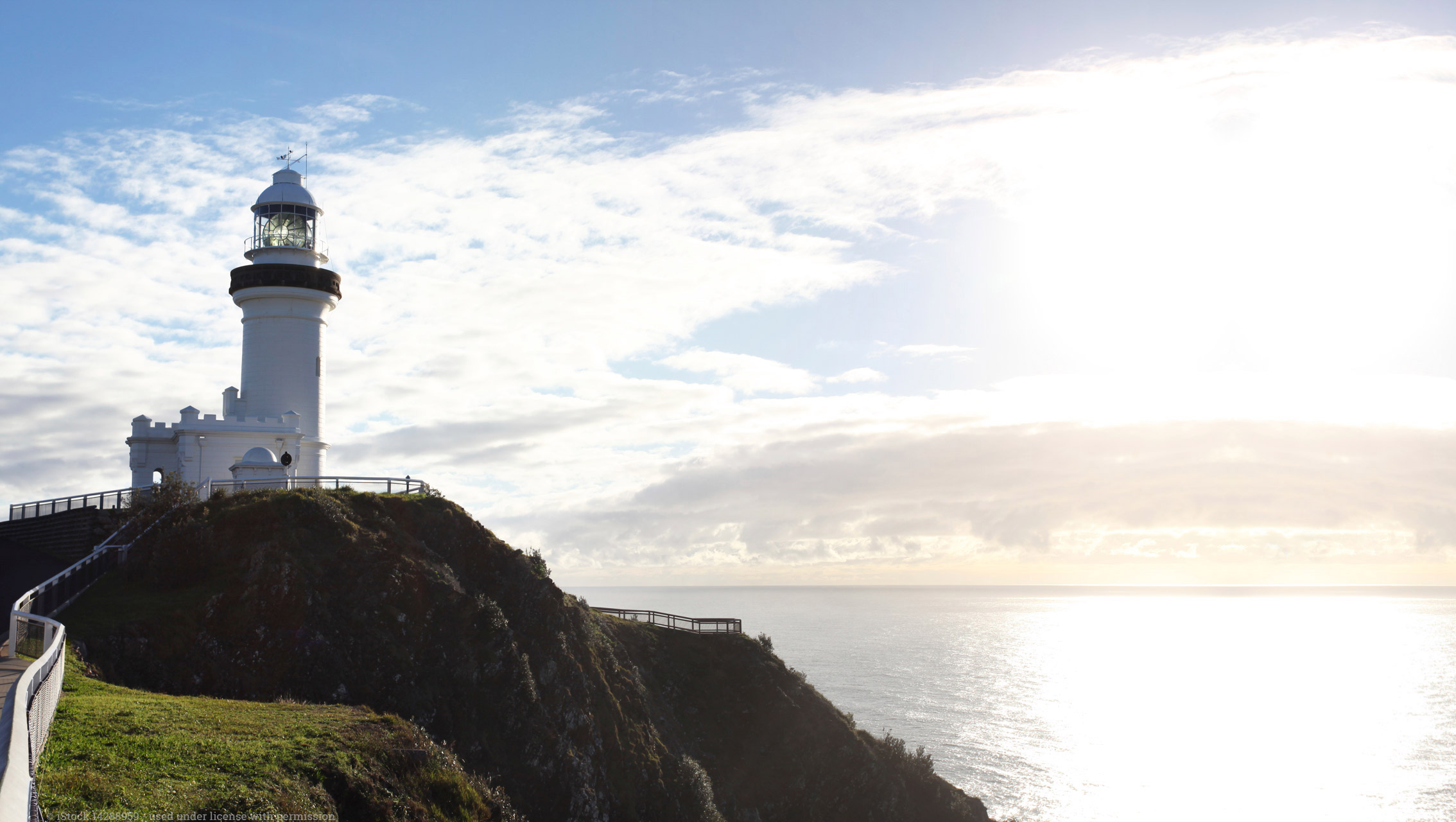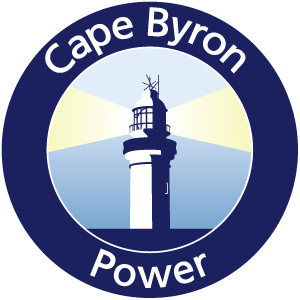
What is proposed?
The existing regulated consent for the operation of the plant has been in place since 2000. A new consent application is triggered by changes to the product proposed to be used by the power station during the non-crush season. The current consent allows the use of various wood‐based fuel sources during the non-crush season. These will be replaced by recovered timber fuel.
The Plant will only operate using the proposed recovered timber fuel during the non-crush season. During the sugar cane crush season, the Plant will continue to operate on the currently approved biomass fuels, comprising mainly bagasse and cane leaves from the adjoining sugar mill.
Proposed changes to the existing facility
The proposal involves the following changes:
Approval stages and how you can get involved
| Project stage | Timing | How you can get involved | How your feedback will inform the project |
|---|---|---|---|
| Scoping report submitted | April 2021 |
| Comments can contribute to the formation of the Department of Planning, Industry and Environment (DPIE’s) Secretary’s Environmental Assessment requirements (SEARs) to inform the preparation of the Environmental Impact Statement (EIS) |
| EIS preparation | From April 2021 | All of the above and we will also offer:
|
Your feedback will contribute to the assessment of social and environmental impacts and planned mitigations.
Your concerns will be documented in the EIS. |
| EIS exhibition | late 2021 | ||
| Submissions | TBA | You will have the opportunity to make comment on the EIS through making a submission to DPIE. | Response to the submissions including consideration of comments and changes to the project as required |
| Project Commencement | TBA | Liaison with the community will continue through operation | Operation in accordance with the Conditions of Approval that are in part shaped by stakeholder feedback. |
Project benefits and impacts
Cape Byron Power wants to continue to contribute to the local community. The Condong Plant and sugar mill is an important part of the local economy and assists to provide a future for the sugar industry in the region. The upgrade will also provide employment opportunities for local contractors and suppliers and secure long-term renewable energy generation for the region.
Some of the positive changes include allowing Cape Byron Power to secure long term local jobs and facilitating long-term renewable electricity generation.
There will be more positive community wide outcomes from the use of materials - which would otherwise be destined to go to landfill - to generate power. Each year, large volumes of dry commercial and industrial waste and construction and demolition waste will be diverted from landfill to produce renewable electricity. Use of waste for power reinforces the plant’s ability to continue to replace the need to rely on coal powered energy generation in the Northern Rivers.
Emission control technology will also be upgraded as part of the changes and an EIS will accompany the application to the NSW State Government to make the proposed changes, and will outline the benefits and impacts on the following:
Cape Byron Power is serious about the company’s responsibility to the environment and is committed to managing environmental impacts that might result from operations.
FAQ's
The existing consent for the operation of the Condong Cogeneration Plant has been in place since 2000. A new consent application is triggered by changes to the product proposed to be used by the power station during the non-crush season (typically January to mid-June). The current consent allows the use of various wood‐based fuel sources during the non-crush season. These will be replaced by recovered timber fuel.
The Plant will only operate using the proposed recovered timber fuel during the non-crush season. During the sugar cane crush season, the Plant will continue to operate on the currently approved biomass fuels, comprising mainly bagasse and cane leaves from the adjoining sugar mill.
To utilise recovered timber Cape Byron Power must meet rigorous operational and environmental requirements. The upgrades required at the Plant to receive, temporarily store, and combust the recovered timber will be designed to comply with the requirements of the Protection of the Environment Operations Act 1997 and the NSW government EPA’s Energy from Waste Policy Statement 2015 to ensure there are no significant environmental risks. The Energy from Waste Policy Statement requires “international best practice”.
To achieve this Cape Byron Power will improve the existing facility to include a sophisticated flue gas treatment process to clean the flue gas prior to discharge into the environment. The upgrades will include the installation of a continuous emissions monitoring system.
Invitation to comment
Please contact us if you have any questions or comments about the project:
1800 228 554
